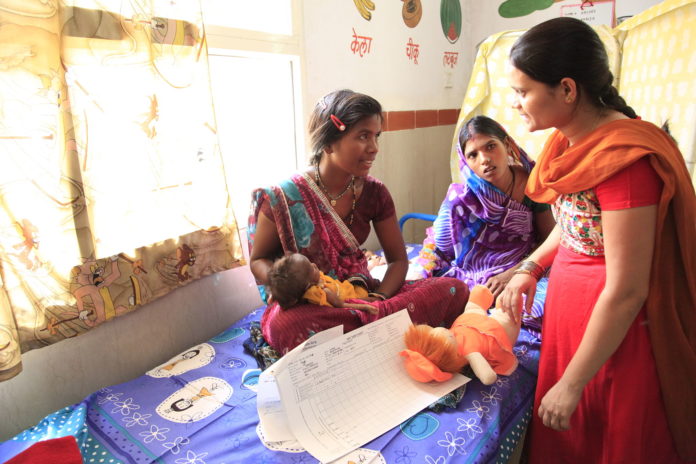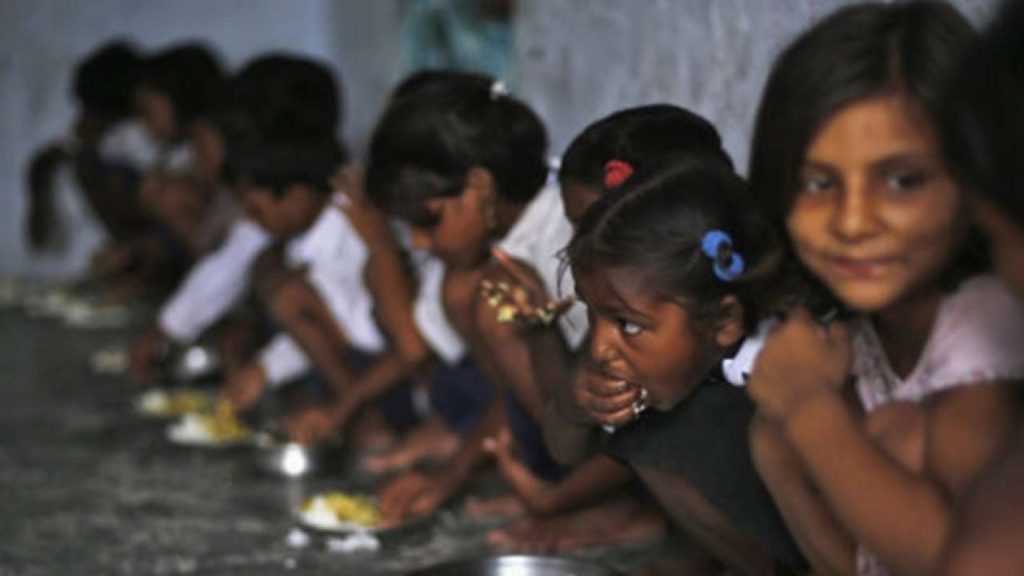
The Centre has decided to include 24 districts of Rajasthan in the first phase of National Nutrition Mission which is aimed at combating health issues like stunted growth, undernutrition, anemia, and low birth weight in infants. It’s expected that the mission will be officially launched by Prime Minister Narendra Modi when he will visit Jhunjhunu on January 22.
Talking in detail about the National Nutrition Mission, the first phase will be applied to 315 districts and then the second phase will be spread to 235 districts in 2018-19. In the third phase, the mission will be launched for the rest of the districts in the year 2019-20. As per the official statement of the Directorate of Integrated Child Development Services, the administrative guidelines have already been issued by the center regarding its implementation.
Image Courtesy: DNA India
The National Nutrition Mission is going to be financially aided by external sources. While 50% funds will be provided by the government, the rest of the aid will come from the International Bank for Reconstruction and Development (IBRD) or other multilateral development banks (MDBS). In the contribution by the government, the finances will be in 60:40 ration provided by the center and state government.
Under the mission, the government will maintain records of height and weight of all beneficiaries including lactating mothers, pregnant ladies, newborns, and children up to 6 years. The Anganwadi workers will be responsible for recording the weight every month and height every three months through the software application.
In order to ensure work efficiency, the Anganwadi workers will be handed over smartphones and tablets to capture data. These devices pre-loaded with the software will be procured at the state level along with SIM cards and data connectivity.
The primary objective of National Nutrition Mission is to ensure good health and nutrition for mothers and children like reducing stunting in children up to 6 years of age, reduce anemia among young children from 6 to 9 months, and reduce underweight prevailing in children up to 6 years of age.









